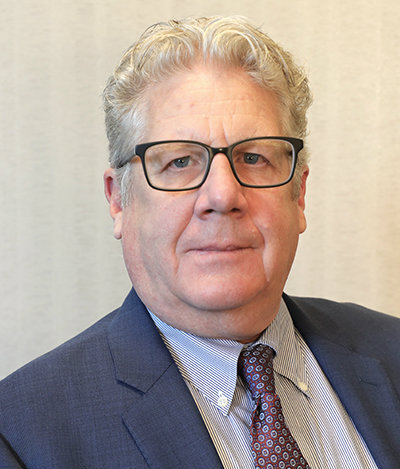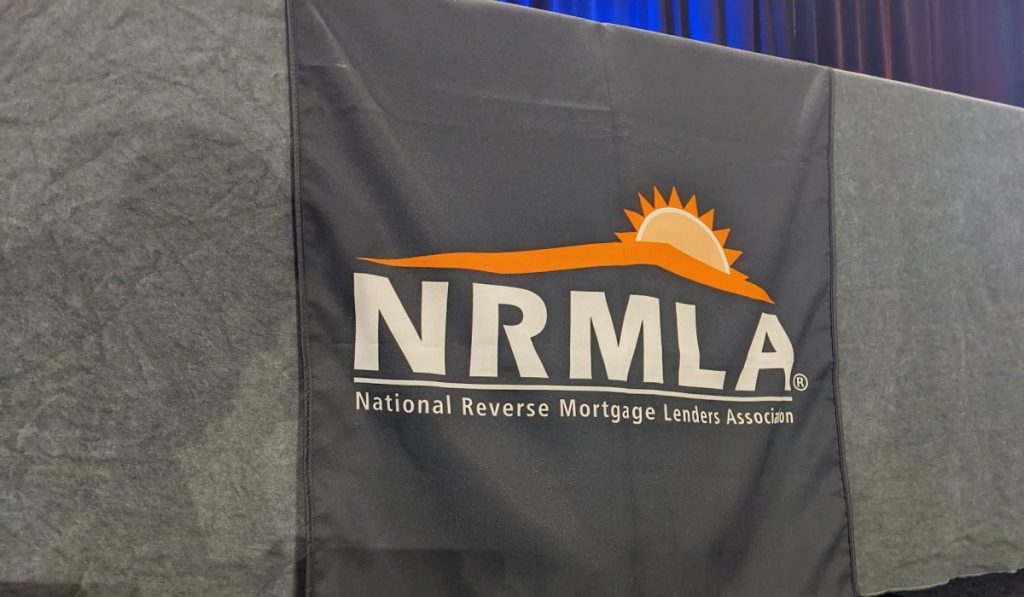As the reverse mortgage industry prepares to say goodbye to the tumultuous year that is 2024, positive news for the Federal Housing Administration (FHA)’s Home Equity Conversion Mortgage (HECM) program — which backs most of the country’s reverse mortgages — helps give a sense of overall health for the program despite some of the business challenges endured this year.
Steve Irwin, president of the National Reverse Mortgage Lenders Association (NRMLA), sat down for a recent interview with HousingWire’s Reverse Mortgage Daily (RMD). Irwin discussed some of the association’s outlook for the industry and the condition of the FHA’s Mutual Mortgage Insurance (MMI) Fund.
FHA annual report, HECM program
Irwin reacted positively to news about this year’s HECM book of business inside the MMI Fund, which continues to operate well above the statutory requirements.
The HECM program recorded a positive capital ratio for the fourth year in a row for the overall government-backed portfolio. Positive levels of home-price appreciation were credited as a key driver of the 7.78% increase in the HECM standalone capital ratio compared to the year before.

But Irwin also credits changes made to the HECM program over the past several years as important stabilizing factors for the business, despite challenges they may cause for some industry participants and NRMLA members.
“Well, of course, the initial reaction is that I — and our board — remain really pleased that the HECM program continues its strong performance,” Irwin said. “It just goes to show that the tweaks and adjustments made over time continue to bolster the program’s stability.”
Some of that performance is certainly due to home-price appreciation. But Irwin also notes that this metric has moderated recently, further emphasizing the credit he says should be given to the sometimes-disruptive HECM program changes.
“[The strong performance] is also attributable to financial assessment, collateral risk assessment, second appraisals — all areas that have frustrated our members and continue to cause some frustration,” Irwin said. “That doesn’t mean we can’t look for ways to improve those aspects of the program, but they are bolstering its stability. It’s important to understand how significant those changes have been.”
Criticism of major program changes
When asked about whether the criticism of these changes — particularly second appraisals — from industry professionals has moderated in the years since they were first handed down, Irwin said the issues are still often discussed. But he added that there are avenues to advocate for the improvement of any controversial policies.
“When there’s a change or something new, there’s usually initial frustration,” Irwin said. “Financial assessment, for example [served as] a huge sea change to how loans were originated and how the entire process worked. But now, it’s just the way things are done. Can we advocate for tweaks to that process? Absolutely — and we will continue to do so.”
The same attitude applies to the collateral risk assessment process, which can sometimes result in the need for a second property appraisal. Irwin said he strongly believes that there are ways to validate value, but the nature of the HECM program as a nonrecourse program requires that valuation is accurate. Some of this also extends to the private-label reverse mortgage market.
“But are there ways to streamline the process, or cost savings or efficiencies we can advocate for? Absolutely,” he said. “It doesn’t have to be a full-blown second appraisal. There are technologies and datasets available that can validate home values, and I believe we should continue exploring those options.”
But the program remains sensitive to home-price appreciation, and industry participants and NRMLA members should not lose sight of the fact that a standalone analysis of the HECM program on its own “continues to show soundness,” he said. The association continues to evaluate areas that the FHA report shows are worth exploring through further advocacy in 2025 and beyond.
Look for more from Steve Irwin on HousingWire’s RMD soon.






As Steve notes this the fourth year in a row that the “HECM program recorded a positive capital ratio for the fourth year in a row for the overall ,,, portfolio.” Not only that but each of those fiscal years had multiple times the minimum ratio (2%) required by law. It is now 24.5% or 12.25 times the minimum required minimum. Yet FHA has made no public indication that it is looking to ncrease PLFs. Why?